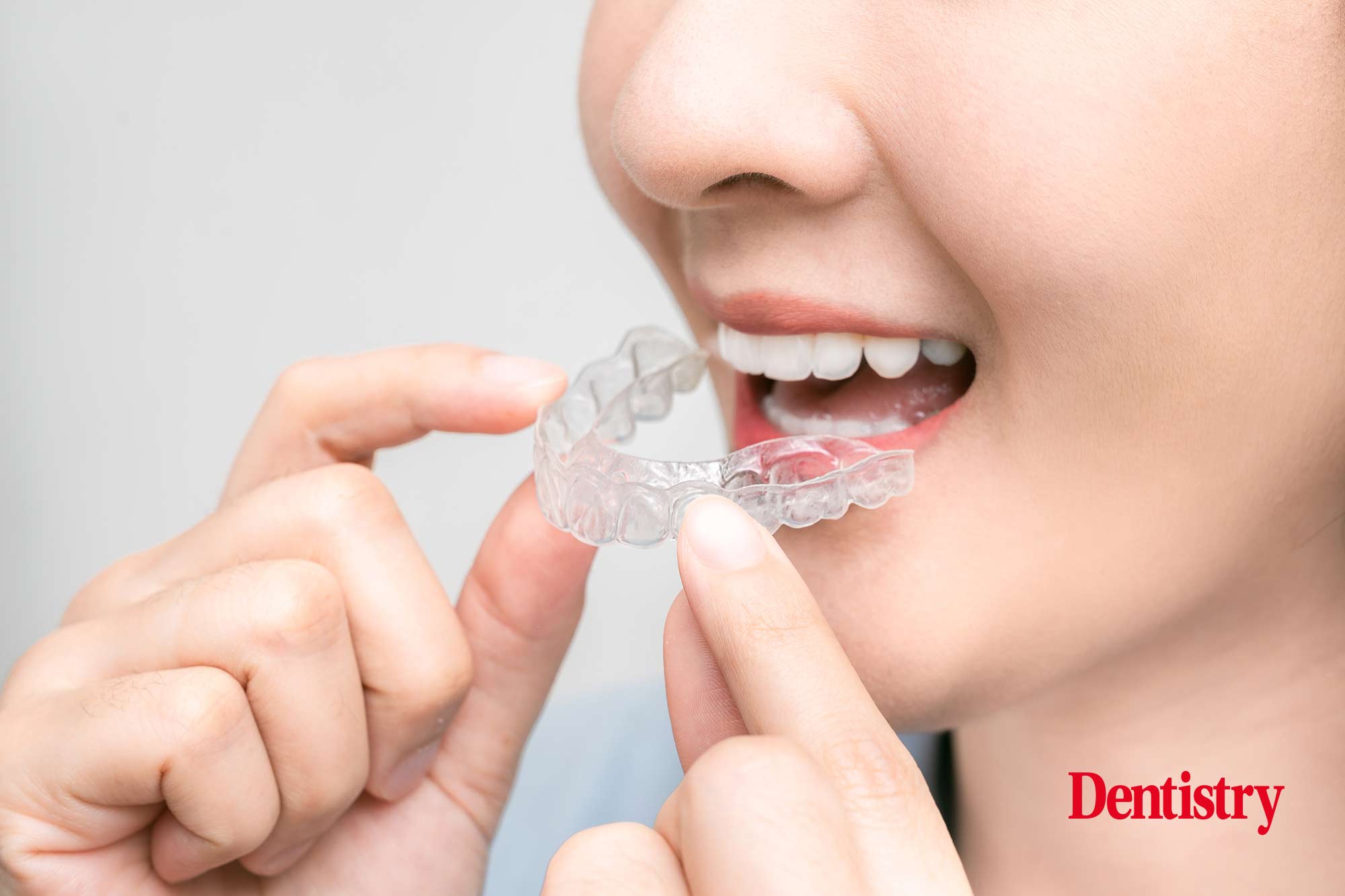
The British Orthodontic Society (BOS) explain why DIY orthodontics is so risky and the necessary limits of teledentistry.
Following the recent interview with Smile Direct Club and its chief clinical director, Dr Jeffrey Sullitzer, the British Orthodontic Society (BOS) has restated its position that orthodontic treatment without proper initial diagnosis and regular clinical monitoring can cause severe risks to patients’ health.
Any self-administered and remote treatment cannot be justified from a professional medical perspective. Thus, this represents a serious violation of ethical, medical and dental standards.
This is not just the position of the British Orthodontic Society. It is that of a Europe-wide consensus that sees 31 professional dental and orthodontic societies, associations, and institutions from 25 countries come together.
They endorse and fully support a joint declaration regarding the unacceptable and potentially unsafe remote treatment of malocclusions.
Treatment goals
This declaration by EFOSA (European Federation of Orthodontic Specialists Associations) clearly states the basic requirements that must be met for any orthodontic treatment.
Dr Anjli Patel is director of external relations at the BOS said: ‘We must never lose sight of the fact that teledentistry is a useful adjunct to a clinical examination and does not replace it.
‘It can enhance the patient experience. It can also help achieve the treatment goals alongside a thorough clinical examination. This involves radiographs and checking for dental disease.
‘We cannot compromise on patient safety. The patient/customer should be fully informed of the risks and benefits of treatment. But also who is responsible for their treatment before they sign up for it.’
Gradual shift
‘For Dr Sullitzer to suggest that “if the customer is not satisfied with their progress, they may simply stop wearing the aligners and their teeth will gradually shift back to where they naturally were” is disingenuous.
‘Not everything is reversible. If you have root resorption, the root will not grow back. If you develop an anterior open bite because the aligners did not cover the terminal molars (the last teeth in each arch), then the customer will need treatment to remedy this. The bite will not spontaneously improve.
‘Dr Sullitzer refers to two studies – both are flawed. The first (Chung How Kau, 2017) is not even a study and is only registering a clinical trial. The second (Sadowsky, 1982) tells us nothing new. We all tell all our patients to wear retainers as teeth will continue to move after active treatment.’
Minimise the risks
Director of clinical practice, Dr Anshu Sood, said: ‘We are disappointed that articles like this deliberately mislead the public into the potential risks of treatment that may be faced with any type of medical treatment and chooses to focus solely on commercial gain with little scientific research behind their claims.
‘I think it is important that patients are able to distinguish between the two. The delivery of patient care is clinician led and follows GDC standards. The delivery of aligners is what most direct-to-consumer companies provide.’
As always, the British Orthodontic Society advises those who are considering orthodontic treatment to arrange a consultation with a dentist or orthodontist. This will minimise the risks associated with potential treatment.
Email [email protected] for references.
Follow Dentistry.co.uk on Instagram to keep up with all the latest dental news and trends


